RESEARCH OF THE GREAT DISMAL SWAMP
PURPOSE: TO UNDERSTAND THE ECOLOGY OF THE WETLANDS.
Waterquality
Researchers go to appointed well test sites and areas of water to
take samples of water and analyze them for different forms of information. These
tests can tell much needed information about the water in the area and its usability.
Patty Rennert goes to the Great Dismal Swamp to take water samples from a well site.
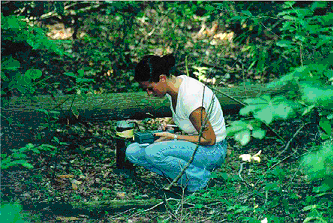
Mr. Leete (left) and Patty (right) check the water quality of some standing water at a fallen tree.

Patty reads the instrument's results while Mr. Leete holds the probe in the water to take readings.

Jessica Yelverton(left), Ebony Cherry(middle), and Patty (right) observe their results and make a group analysis.

VIEW OUR WATERQUALITY DATA!
Tree Identification & Tagging
Some researchers visit the Boardwalk to explore and see the different
types of trees that are growing in the Great Dismal Swamp. Knowing the types of
trees growing, tells us about the climate, surroundings, and environment.
It takes specific environments for certain types of trees to grow.
BLACK GUM TREE

CEDAR TREE

PINE TREE

Plant Identification
Other research opportunities include identifying plants of the Dismal
Swamp. Plant species help to identify soil types and water levers.
INDIAN BLANKET
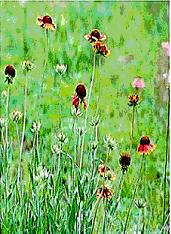
COMMON BLUE VIOLET

CINNAMON FERN
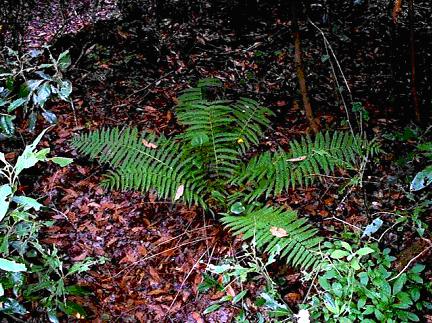
Reptiles & Amphibians
Patient and persistent researchers look for reptiles and amphibians in the
Dismal Swamp. These creatures can be hard to find and the researchers must
be patient, often looking many hours to locate one reptile.
An Eastern Kingsnake is found in the Great Dismal Swamp.

A skink rests on the boardwalk plotting his next meal.

Birds
It takes a keen ear and good binoculars for a researcher to identify birds. Birds are
hard to see on the boardwalk because of dense understory. An aid to the
researcher is being able to identify birds from their song.
Two Bobwhites are seen wandering in a field at the Great Dismal Swamp.

The Great Egret watches for danger from the water with his long neck.
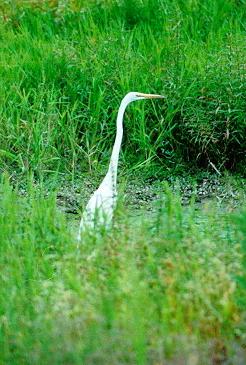
The Woodcock blends perfectly with the dirt road and surroundings as he travels along cautiously.
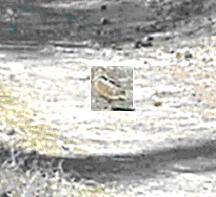
Mammals
There are a variety of animals that live in the Dismal Swamp. It is
the job of the researcher to find as many types of animals as possible in the Dismal
Swamp and identify them. If the types of animals are known, then a food web
can be established and the overall ecosystem can be described. One animal
popularly seen in the Dismal Swamp is the Whitetail Deer.
The Nutria is caught in action scurrying to the other side. Why did the Nutria cross the road?

Bobcat scat is found on the Boardwalk. He can't be seen but we know he is there.
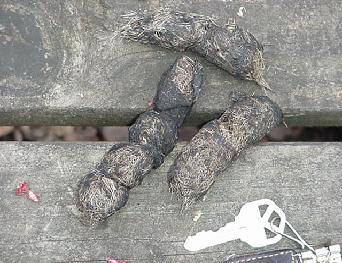
Traces of a bear is found by scat left in the Great Dismal Swamp.

Insects & Spiders
Insects and spiders are small compared to the animals and trees. They are
important in helping to balance the overall ecosystem, though. Insects can be
a source of food, helpers in pollination, and decomposers for example.
Spiders help control the food web and the population of insects. Researchers
involved in finding insects must locate them, catch them, preserve
them, and identify them. Insects and spiders, no matter how small or disgusting,
are valuable to the survival of an ecosystem.
A big and scary spider hangs underneath the boardwalk railing.

A moth blends in with the boards camouflaging itself with the surroundings.

A dragonfly perches on a twig and searches for prey.

MEET OUR RESEARCHERS
HOME PAGE




















